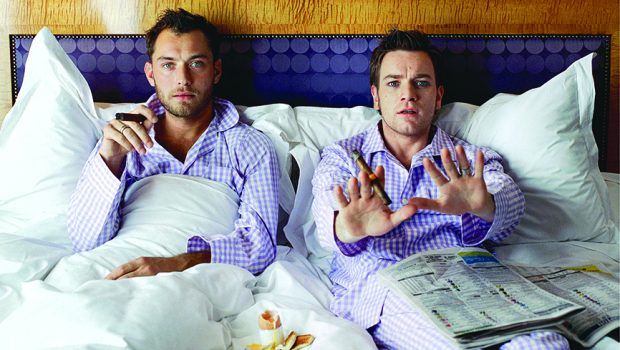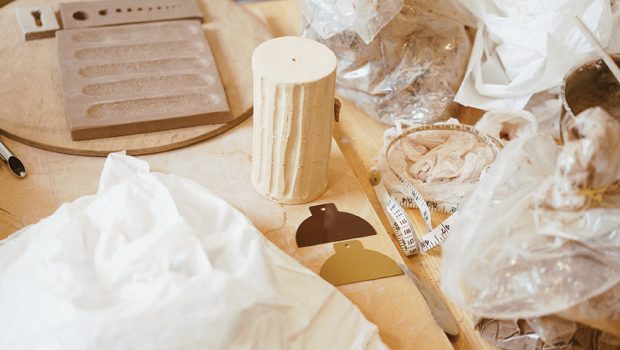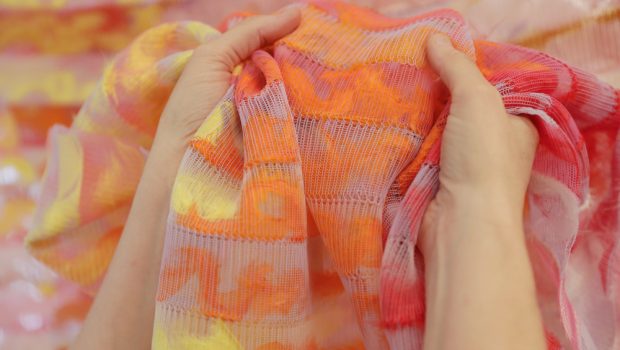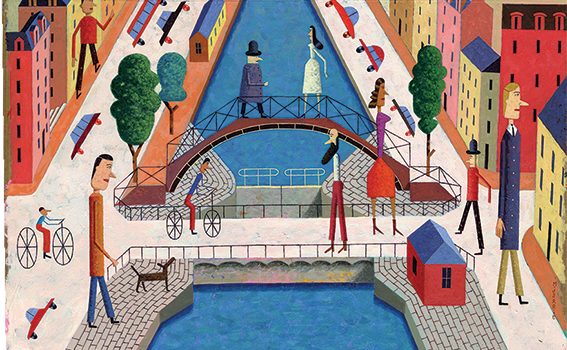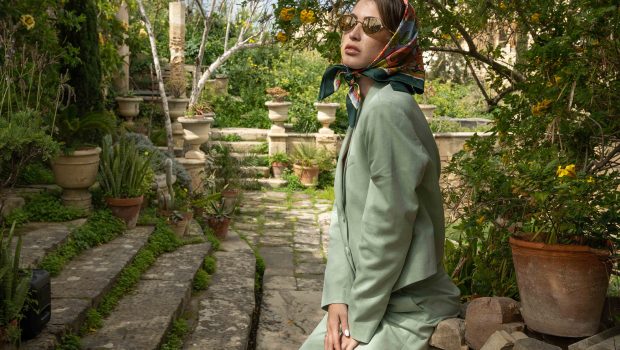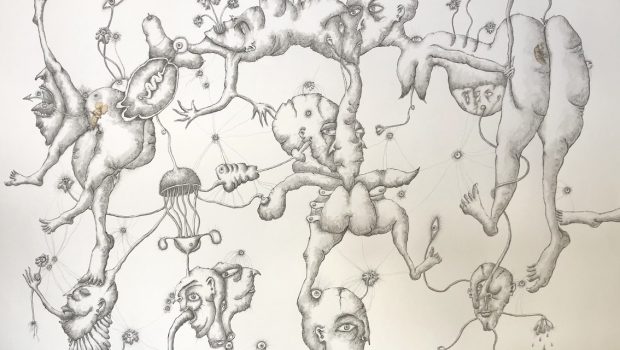The art of Bruce Riley
Silence, Cities, and the Cosmic Canvas...
How have your experiences in both urban and rural environments influenced your artistic perspective and creative methodology?
Both environments have had their own unique influence on my art. Early in my career I was focused on the outdoors. The wilderness taught me the power of silence. It would take a couple of days of solitary hiking before all the noise would leave me with just seeing and quiet contemplation. My oil paintings were narratives that took place in nature. But I’ve been most artistically productive while living in cities. I think both environments come together to give me visions of being human on a planet in a universe that is comfortable in its unfolding in Deep time.
Your work has traditionally been rooted in physical painting, but you’ve begun exploring digital art. How does your approach to layering and fluidity translate into the digital medium? Do you find it offers new possibilities or challenges compared to your mixed media paintings?
The only difference between creating paintings and creating digital art are the tools. Painting is more tactile. I am constantly moving and thinking in terms of the limitations of my media. The specific properties and uses of my materials determines how they are applied. My constant experimenting expands what is possible. Things get messy both inside and out.
In creating digital art, I sit. There is hardly any physical movement. It still gets messy though. There are multiple layers and versions. The complexity of my considerations pushes me to the edge of comprehension and beyond. It is that beyond where the two approaches meet. In both approaches my media considerations occupy most of my thought process. That is the engagement that is most exciting. It releases me from time and keeps me in the moment.
Would you outline your creative process, specifically addressing how you develop your distinctive organic forms from initial concept through to completion?
I start with a blank surface. That is my initial concept. Working on 30 to 40 paintings at any given time creates containers of leftover mixtures. Those mixtures are used to cover the whole surface of a blank panel. My memory, physical and thought-based, kicks in and starts manipulating the paint until it is too set up to work with. My distinctive organic forms become more pronounced as a painting progresses. The forms pile up and interact. They combine into new forms. They become richer and more detailed until one day I realize the painting is done.
But nothing is set in stone. The media I’ve been using that allows me to work with pigments that I float on top of clear and translucent binder are no longer available. I’m developing a new approach that has no idea of where it might be going. The look is still organic.
Your 2018 mixed media on panel works feature mesmerizing layers of color, organic forms, and a sense of fluid movement. Can you share insights into your process for creating these pieces? How do you balance control and spontaneity when working with such dynamic materials?
The paintings start without preliminary drawings or concepts. I start exploring and experimenting to see what will happen. Out of this exploration, shapes start appearing. It is like putting together a puzzle whose pieces I make up as I work. In 2018 I kept my self-leveling binders as flat as possible. When they started to develop a topography, I poured a layer of resin to flatten the surface out—essentially creating a clear “gesso.” When the resin dried, I started a new paint layer. This process was repeated until the painting was done.
Exploring spontaneity creates a sense of mystery that swings between elation and disappointment as I work. My experimentation would often fail, leading to mistakes. These mistakes were later transformed into luminous beauty that I could not have foreseen or done on purpose. I’ve learned that elation and disappointment are both engagement that I let happen in the space I’ve created.
In what ways has your working-class background informed your artistic practice, particularly regarding material selection, thematic focus, and creative approach?
My artistic practice is centered around work. My play as a child was physical. My play as an adult has been physical. Work created free time to explore my art. When I’m in the studio I’m empty until I start working with my media. That first step starts the process.
My thematic focus is Nothingness. I do not make art with a message. Creating is a continual searching and questioning. With my art, I try to stay outside the expanding bubble of knowledge. That state of being is what I mean by Nothingness.
What role do spontaneity and intuition play in your creative process, and how do you balance these elements with deliberate artistic decisions?
My deliberate artistic decision is to specifically let spontaneity, intuition and experimentation guide my art. There is no balance needed. They are one and the same.
As you look ahead to 2025, what new directions or projects do you envision for your work? Are there any themes or mediums you’re particularly excited to explore?
My heavily layered paintings are coming to an end. They coincidentally are ending at a time when the materials needed to make them are no longer available. This body of work featured a flat, highly reflective surface without any other texture. They have a depth that holds light and reflects it back through glazes to the viewer’s eye. These paintings made use of unconventional color palettes based on emotion and intuition.
My new paintings use a combination of flat and reflective surfaces with textures. I am layering, but not with resin. I’m transitioning from the resin paintings in a direction that is unknown to me. I find that exciting.
Which professional achievements or challenges have most significantly influenced your development as a full-time artist?
Painting without Knowing is my biggest and most inspiring achievement and challenge. It keeps me addicted to the solitude of my studio.
The biggest influence in being a full-time artist is funding. Either through grants, sales or image use, funding creates time. Grants, sales and image use contracts only come about if you are known. Being known is a challenge.
In 2014 a five-minute documentary was made about my art. With an original music score and extraordinary camera work, the film went viral. The film was a Vimeo Staff Pick. My art career got bigger. I picked up international collectors and galleries. Image use contracts started coming in.
This is probably the biggest development to becoming a full-time artist. It really wasn’t an achievement I made. The work was the same before and after the film.
What established studio protocols and professional practices have proven most effective in sustaining your artistic productivity and growth?
For 44 years I’ve maintained a studio space. That safe space allows me to go places that would be impossible to maintain without a studio. With its rhythm of evolving routines, my studios have morphed to the needs of the direction of my painting. That space is as essential as my binders and pigments.
I consider professional practices as keeping a website running, applying for grants and exhibition opportunities, posting images to social media, going to openings and making contacts.
[V]
For the full scoop on Bruce Riley’s works:
www.bruce-riley.com

